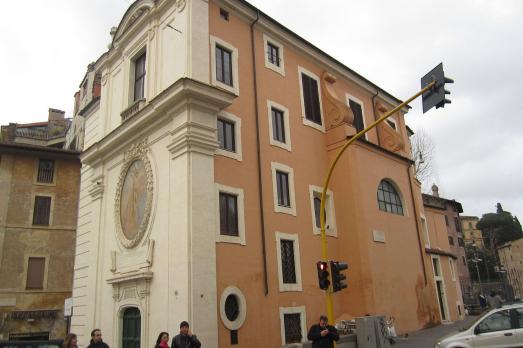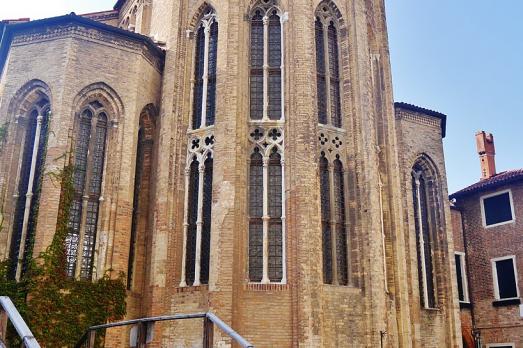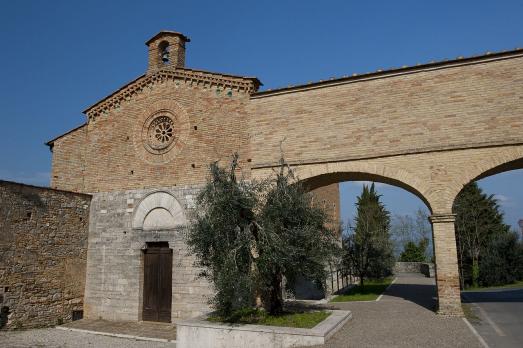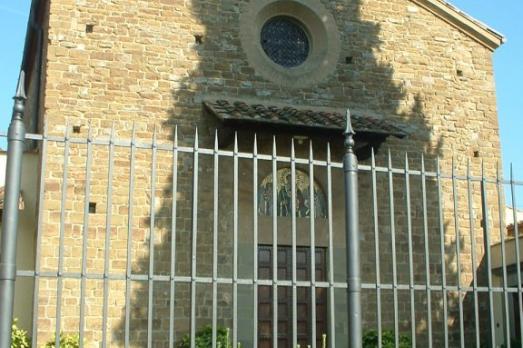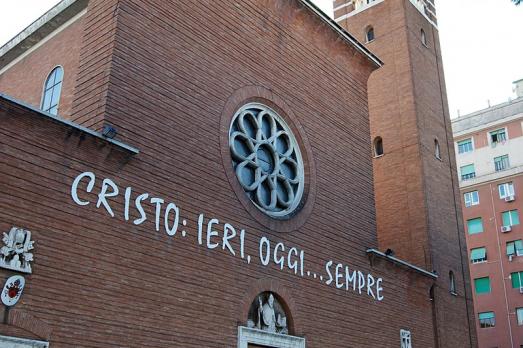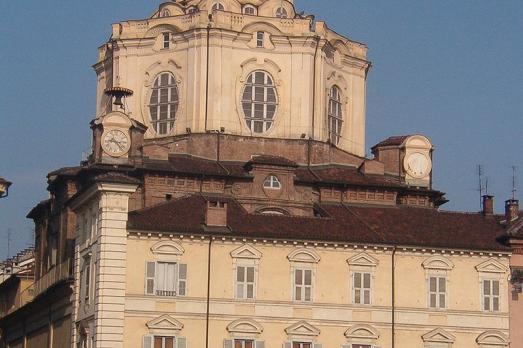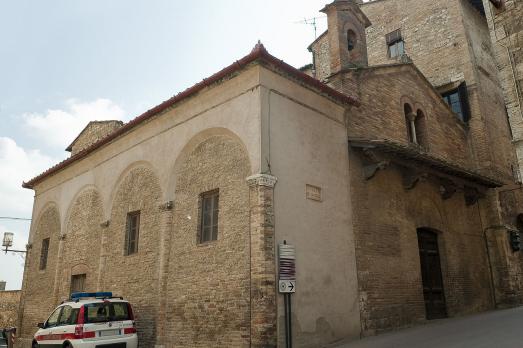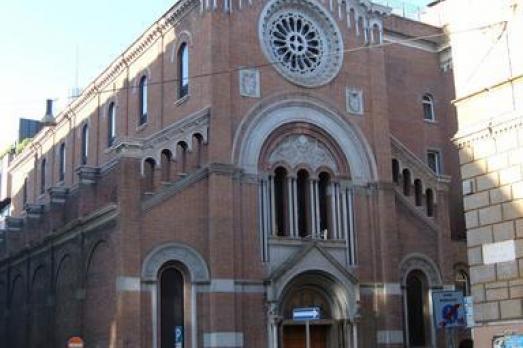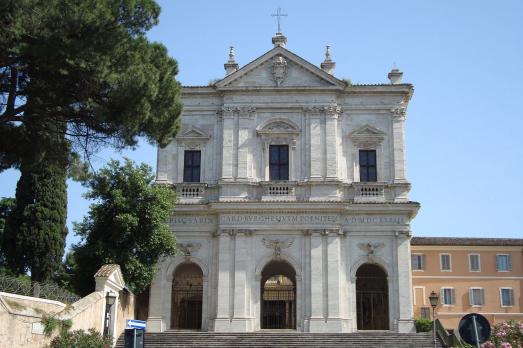
Chiesa di San Gregorio al Celio
Roma, IT
The foundations of the present church of San Gregorio al Celio were laid in the 8th century. In 1633, Cardinal Scipione Borghese had the façade rebuilt in the style of the Church of St. Louis of the French and the portico by Giovanni Battista Soria. In 1725 the interior was restored by Giuseppe Serratini and Francesco Ferrari, and in 1830 by Cardinal Giacinto Placido Zurla.
